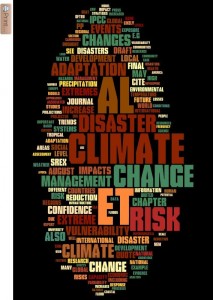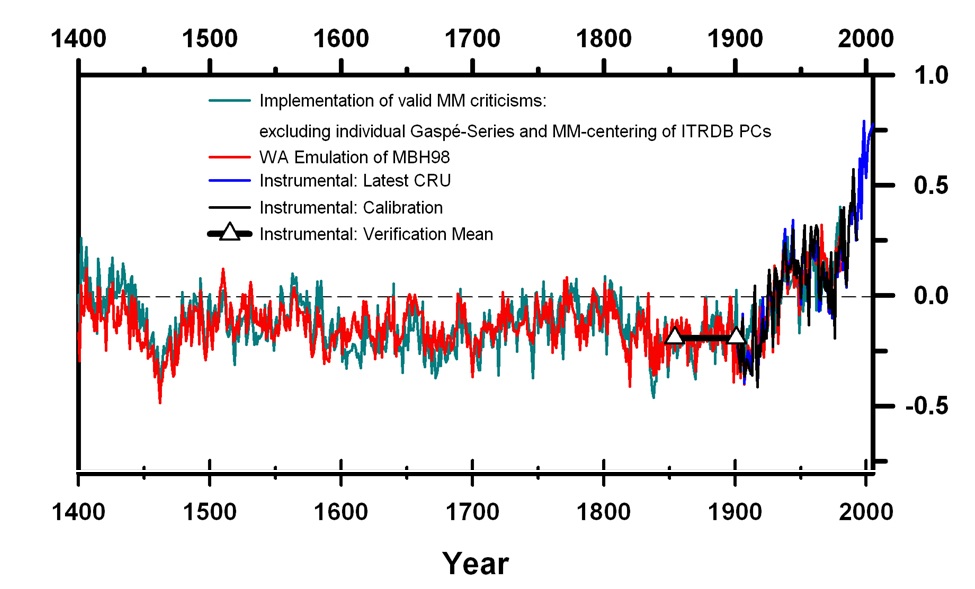Amid the manufactured spin and excitement of the unofficial release of the IPCC WG1 Second Order Draft, it is worth remembering that this happened last time too:
IPCC draft: No comment
May 4, 2006As everyone has now realised, the second-order draft of the new IPCC report has become very widely available and many of the contributors to this site, commenters and readers will have seen copies. Part of the strength of the IPCC process are the multiple stages of review – the report is already significantly improved (in clarity and scientific basis) from the first round of reviews, and one can anticipate further improvements from the ongoing round as well. Thus no statements from this draft report can be considered ‘official’. While most of the contents of the report will come as no surprise to frequent visitors here, we have decided that we are not going to discuss the report until it is finalised and released (sometime in February 2007). At that time, we’ll go chapter by chapter hopefully pulling out the interesting bits, but until then, we feel it’s more appropriate to respect the ‘Do not cite or quote’ injunctions that can be found on every page. We trust that our commenters will likewise respect the process. Patience, people, patience!
The only change is that AR5 will be released in September 2013.


